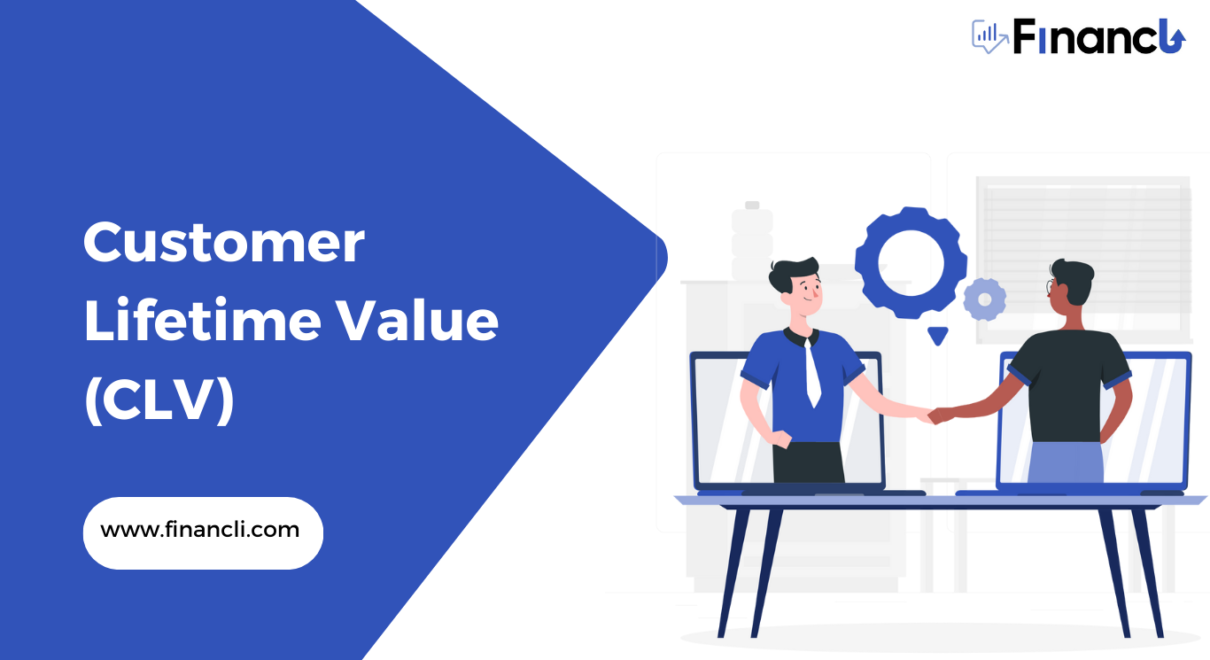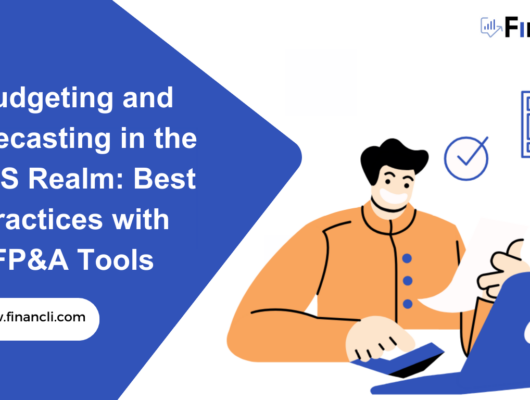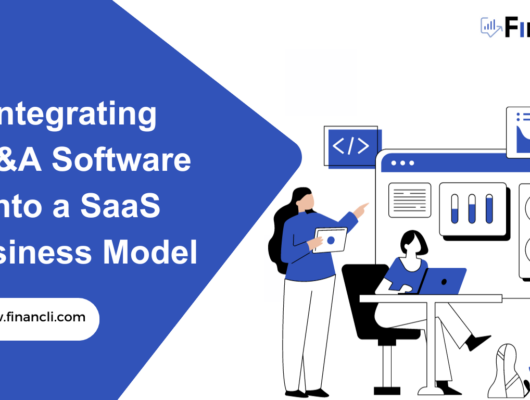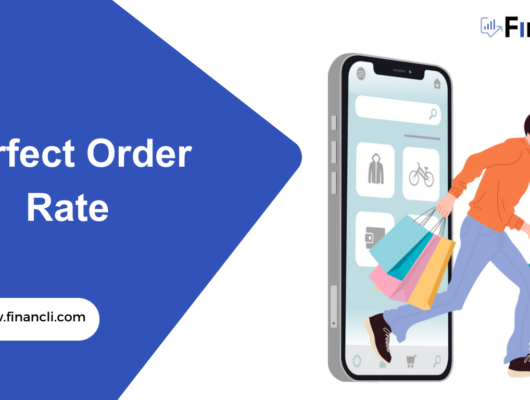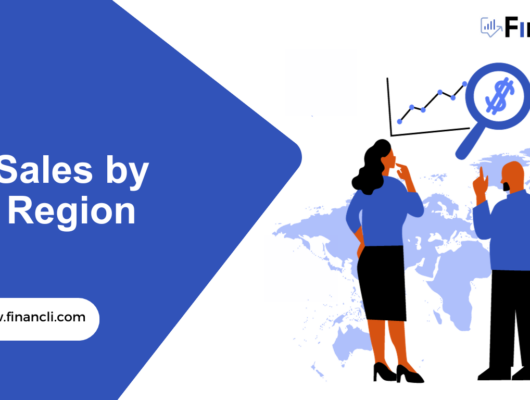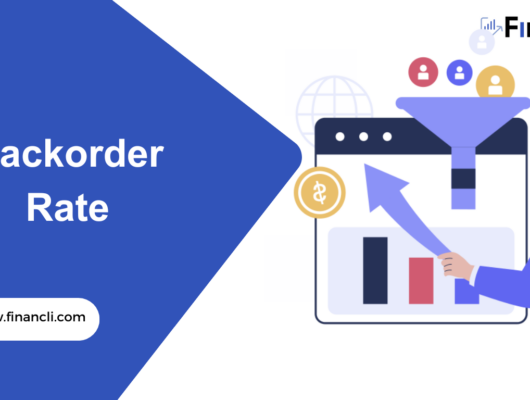Customer Lifetime Value (CLV)
Customer lifetime value (CLV) is a metric used to estimate the total value a customer will bring to a business over their relationship. It is a key performance indicator for businesses that rely on repeat customers, such as subscription-based services or retail companies.
By understanding the CLV of their customers, businesses can make more informed decisions about marketing and customer acquisition strategies, as well as pricing and product development. In addition, high CLV customers are typically more valuable to a business than low CLV customers. As a result, businesses may choose to invest more in marketing and retention efforts for these customers to maximize their long-term value.
The formula of Customer Lifetime Value (CLV)
Different formulas calculate the Customer Lifetime Value (CLV) depending on the business model and assumptions. Here are three common ways to calculate CLV:
- Simple CLV formula:
- CLV = Average Value of Sale x Number of Repeat Transactions x Average Retention Time
- Historical CLV formula:
- CLV = Sum of Revenue per Customer per Year x Average Customer Lifespan
- Predictive CLV formula:
- CLV = (Average Purchase Value x Average Purchase Frequency) x Average Customer Lifespan
Where:
- Average Value of Sale: the average amount of money a customer spends per transaction
- Number of Repeat Transactions: the number of times a customer expects to make a purchase during their relationship with the business
- Average Retention Time: the average amount of time a customer remains active before leaving the business
- The sum of Revenue per Customer per Year: the total amount of revenue generated by a customer per year
- Average Customer Lifespan: the expected duration of the customer’s relationship with the business
- Average Purchase Frequency: the average number of times a customer makes a purchase during a given time period.
Importance of Customer Lifetime Value (CLV) in SaaS
Customer Lifetime Value (CLV) is an essential metric for any business model, including Software as a Service (SaaS). CLV in SaaS refers to the expected revenue that a customer will generate over the lifetime of their subscription with the business.

Here are some reasons why CLV is essential for SaaS companies:
- Helps in Customer Acquisition: CLV helps SaaS companies determine the maximum amount they can spend on acquiring a new customer while still making a profit. This enables them to make informed decisions on marketing and sales strategies, ensuring they get the most value out of their customer acquisition efforts.
- Guides Product Development: Understanding CLV helps SaaS companies prioritize features and functionalities that will provide the most value to their customers. By investing in features that improve CLV, SaaS companies can increase retention rates, reduce churn, and increase revenue.
- Enables Targeted Customer Engagement: SaaS companies can use CLV to segment their customers into different groups based on their potential value. This helps them tailor their engagement and communication strategies to each group’s unique needs, ensuring that they deliver personalized experiences that increase the customer’s lifetime value.
- Enhances Customer Retention: By measuring CLV, SaaS companies can identify customers that are likely to churn and take proactive measures to retain them. This can include offering incentives, providing personalized support, or offering discounts.
- Enables Forecasting: SaaS companies can use CLV to forecast future revenue and growth, which is essential for business planning and investment decisions.
In summary, CLV is crucial for SaaS companies to make informed decisions about customer acquisition, product development, customer engagement, retention, and forecasting. By maximizing CLV, SaaS companies can drive long-term growth and success.
How to Increase Customer Lifetime Value (CLV)?

Increasing customer lifetime value (CLV) is essential for any business’s long-term growth and success. Here are some strategies to help increase CLV:
- Provide excellent customer service: Providing exceptional customer service can help build trust and loyalty with your customers. Happy customers are more likely to stick around and continue to do business with you, increasing their lifetime value.
- Offer personalized experiences: Personalizing the customer experience can help build a stronger connection with your customers, making them feel valued and increasing their loyalty.
- Upsell and cross-sell: Offering complementary products or services can increase the lifetime value of your customers. It’s essential to identify opportunities to upsell or cross-sell at appropriate times, such as when the customer has achieved a milestone or is in a position to benefit from an additional offering.
- Implement loyalty programs: Loyalty programs can incentivize customers to continue doing business with you. Offering rewards or discounts for repeat business can encourage customers to stay engaged and increase their lifetime value.
- Improve product quality: Delivering a high-quality product or service can increase customer satisfaction and retention, ultimately leading to increased CLV.
- Provide educational resources: Providing educational resources or tutorials can help customers get the most out of your product or service, leading to higher retention rates and increased lifetime value.
- Personalized follow-up: Following up with customers after a purchase or service can show that you care about their experience and can also provide opportunities to upsell, cross-sell, or address any concerns.
In summary, by providing excellent customer service, offering personalized experiences, upselling and cross-selling, implementing loyalty programs, improving product quality, providing educational resources, and personalized follow-up, businesses can increase customer lifetime value and drive long-term growth and success.
What Does a Low Customer Lifetime Value Mean?
A low customer lifetime value (CLV) means that the total revenue a business can expect to generate from a customer throughout their relationship with the company is relatively low. This could indicate that the business is not effectively retaining its customers or that customers are not generating as much revenue as the business had hoped. A low CLV can have several negative impacts on a business, including:
- Reduced profitability: If the cost of acquiring and serving a customer is higher than the revenue they generate, the business will be less profitable.
- Reduced growth potential: If the CLV is low, it can be challenging for a business to grow because it will need to acquire a large number of new customers to offset the low revenue generated by each customer.
- Reduced customer loyalty: Customers who do not generate much revenue for the business may not feel valued, leading to lower loyalty and retention levels.
- Increased churn: If customers are not generating much revenue, they may be more likely to churn and look for alternatives.
- Reduced ability to invest in the business: Low CLV can limit a business’s ability to invest in areas such as product development, marketing, and customer service, which can impact the business’s long-term success.
In summary, a low customer lifetime value can significantly negatively impact a business’s profitability, growth potential, customer loyalty, churn, and ability to invest in the business. Therefore, companies need to identify and address the factors that are contributing to low CLV to increase revenue and drive long-term success.
Ideal Customer Lifetime Value in SaaS
There is no specific ideal customer lifetime value (CLV) in SaaS, as it can vary widely depending on the company’s business model, pricing strategy, target market, and other factors. However, a higher CLV is generally better for SaaS companies because it indicates that customers are generating more revenue over their lifetime with the company.
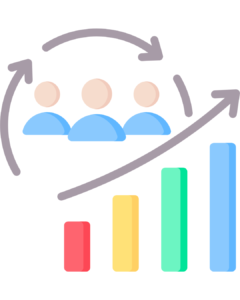
To determine an ideal CLV for a SaaS company, it is essential to consider factors such as customer acquisition costs (CAC), gross margin, and retention rates. A healthy CLV should be high enough to cover the CAC and generate a significant gross margin while being sustainable over the long term. The specific ideal CLV will depend on the SaaS company’s business model, pricing strategy, and target market.
It’s important to note that CLV is not a static metric and can be improved over time through effective customer retention strategies, upselling and cross-selling, and providing exceptional customer service. Therefore, SaaS companies should regularly analyze their CLV and work to improve it through targeted strategies.
In summary, there is no specific ideal CLV in SaaS, as it can vary depending on the company’s business model and other factors. However, a higher CLV is generally better, and SaaS companies should work to improve their CLV over time through effective customer retention strategies and other targeted efforts.
Customer Lifetime Value: Companies Examples
Several companies across various industries are known for having high customer lifetime value (CLV) due to their successful customer retention strategies and ability to generate consistent revenue from their customer base. Here are a few examples:
- Amazon: Amazon has a high CLV due to its extensive product selection, fast shipping, and personalized recommendations. Amazon Prime membership is also a significant driver of CLV, as it encourages customers to shop more frequently and spend more money.
- Netflix: Netflix’s subscription-based business model and personalized recommendations have helped them to maintain a high CLV. They have also invested heavily in original content, which helps to keep customers engaged and subscribed to the platform.
- Salesforce: Salesforce’s subscription-based software model and extensive customer support have helped them to maintain a high CLV. They also offer a variety of add-ons and integrations that encourage customers to spend more money on their platform.
- Apple: Apple’s brand loyalty and extensive product ecosystem have helped them to maintain a high CLV. They regularly release new products and updates, which encourages customers to continue purchasing and upgrading their devices.
- Starbucks: Starbucks has a high CLV due to its strong brand loyalty and rewards program. Their rewards program incentivizes customers to make more frequent purchases, and they have also invested heavily in creating a personalized and welcoming in-store experience for customers.
These companies demonstrate the importance of effective customer retention strategies and the ability to generate consistent revenue from a loyal customer base.
What affects CLV?

Several factors can affect a business’s customer lifetime value (CLV). Here are some of the most critical factors that can impact CLV:
- Customer acquisition cost (CAC): The cost of acquiring a new customer can significantly impact CLV. If the CAC is high, it will take longer for the business to break even on the cost of acquiring the customer, which can reduce the CLV.
- Customer retention rate: Retaining customers for more extended periods can increase CLV by generating more revenue from each customer over time.
- Average order value (AOV): Increasing the AOV can increase the CLV by generating more revenue from each customer.
- Frequency of purchase: Encouraging customers to make more frequent purchases can increase the CLV by generating more revenue from each customer.
- Customer satisfaction and loyalty: Satisfied and loyal customers are more likely to continue purchasing from the business and can generate higher CLV over time.
- Price sensitivity: Customers who are more price-sensitive may be less likely to make repeat purchases, which can reduce CLV.
- Competition: Strong competition can make it more challenging for a business to retain customers and generate higher CLV.
- Market trends and shifts: Changes in market trends, customer preferences, or the competitive landscape can impact CLV by affecting customer behavior and purchasing decisions.
In summary, several factors can impact the CLV of a business, including customer acquisition cost, retention rate, average order value, frequency of purchase, customer satisfaction and loyalty, price sensitivity, competition, and market trends. Therefore, it’s essential for businesses to identify and monitor these factors to optimize their CLV and drive long-term success.
Drawbacks of Customer Lifetime Value (CLV)
While customer lifetime value (CLV) is a valuable metric for businesses to understand the long-term value of their customers, there are several drawbacks and limitations to consider:
- Predictive limitations: CLV shows assumptions and predictions about future customer behavior, which can be difficult to forecast accurately. Changes in market conditions, customer preferences, or competitive landscape can impact the accuracy of CLV predictions.
- Complexity: Calculating CLV can be complex, requiring data analysis and modeling to estimate future customer behavior and revenue accurately.
- Time-consuming: Gathering and analyzing the data needed to calculate CLV can be time-consuming and may require significant resources for businesses with large customer bases.
- Incomplete picture: CLV does not provide a complete picture of customer value, as it focuses primarily on revenue generated by a customer. It does not account for factors such as customer satisfaction, referrals, or brand loyalty.
- Short-term focus: Focusing too much on CLV can lead to a short-term focus on revenue generation rather than long-term customer relationships and satisfaction.
- Cost factors: CLV does not account for the cost of serving individual customers, which can vary widely depending on factors such as customer support needs or shipping costs.
In summary, while CLV can be a valuable metric for businesses to understand the value of their customers over time, it has several drawbacks and limitations, including predictive limitations, complexity, time-consuming nature, incomplete picture, short-term focus, and cost factors. Therefore, it’s essential for businesses to consider these limitations when using CLV and to supplement it with other metrics and data to get a complete understanding of their customer value.
Summing Up
Customer lifetime value (CLV) is a valuable metric for businesses to understand the long-term value of their customers. It represents the estimated total revenue a customer will generate for a business over the course of their relationship, accounting for factors such as purchase frequency, average order value, and retention rate.
By understanding their CLV, businesses can optimize their customer acquisition and retention strategies to drive long-term revenue growth. They can identify the most valuable customers, focus their resources on retaining them, and invest in marketing and other initiatives to attract similar high-value customers.
However, there are some drawbacks and limitations to consider when using CLV, including predictive limitations, complexity, time-consuming nature, incomplete picture, short-term focus, and cost factors. Therefore, businesses need to use CLV in conjunction with other metrics and data to get a complete understanding of their customer value.
Overall, CLV is a valuable tool for businesses looking to build solid and long-term relationships with their customers and drive sustainable revenue growth over time.

